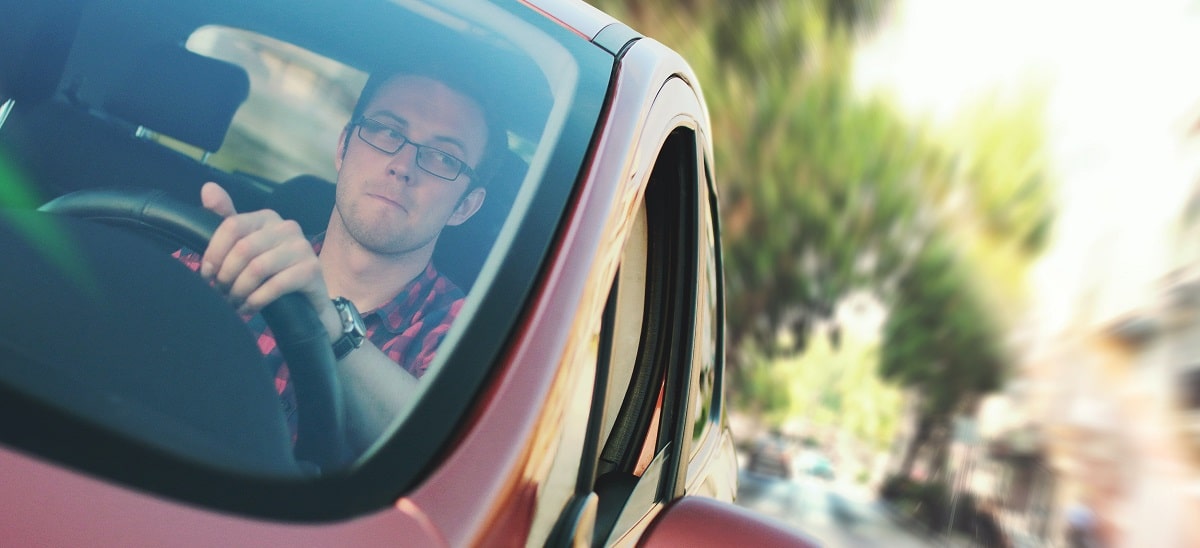Simple suggestions on how you can avoid distractions, remain alert, and show respect to those sharing the road.
1. Install Your Insurance Company's Tracking Device
Insurance companies like State Farm offer their customers discounts (sometimes significant) simply by being a safe driver. The device is usually a small box placed on your dashboard behind your rear view mirror. It tracks speed, sudden braking, phone usage, sharp turns, and more. The main incentive here is obviously to save money, but in doing so it keeps you focused on one thing and one thing only: your driving.
Insurance companies like State Farm offer their customers discounts (sometimes significant) simply by being a safe driver. The device is usually a small box placed on your dashboard behind your rear view mirror. It tracks speed, sudden braking, phone usage, sharp turns, and more. The main incentive here is obviously to save money, but in doing so it keeps you focused on one thing and one thing only: your driving.
2. Turn Off the Loud Music
This is difficult, but you'll soon notice just how more alert you become when you're not using the steering wheel as a guitar or a drum pad. If you need music, turn on something ambient that doesn't pump your adrenaline up to eleven. Your ability to read the road will increase, and your inclination to treat your fellow drivers as competitors on a race track will dissipate.
This is difficult, but you'll soon notice just how more alert you become when you're not using the steering wheel as a guitar or a drum pad. If you need music, turn on something ambient that doesn't pump your adrenaline up to eleven. Your ability to read the road will increase, and your inclination to treat your fellow drivers as competitors on a race track will dissipate.
3. Follow the 3-to-4 Second Rule
Put a 3-to-4 second gap between you and the driver in front of you, especially during bad weather. If you put this into constant practice, the likelihood of making any kind of contact with the automobile in front of you drops significantly.
Put a 3-to-4 second gap between you and the driver in front of you, especially during bad weather. If you put this into constant practice, the likelihood of making any kind of contact with the automobile in front of you drops significantly.
4. Don't Lose Focus at a Stop Light
Too many times drivers will stop at a red light and immediately look down at their phone or start shuffling through the car. Maybe do that before you pull out of the driveway. Then when the light turns green, it takes them a good 5 seconds to figure out what's going on. The better practice? Just keep your eyes on the light so no one has to honk at you.
Too many times drivers will stop at a red light and immediately look down at their phone or start shuffling through the car. Maybe do that before you pull out of the driveway. Then when the light turns green, it takes them a good 5 seconds to figure out what's going on. The better practice? Just keep your eyes on the light so no one has to honk at you.
5. Use Your Blinker Well Before Braking and Turning
If the only one who knows you're about to make a turn is you, there's a problem. Give drivers behind you a good 5 seconds of blinker time before you start to brake and make your turn. That way, they can anticipate you braking and start to slow down.
If the only one who knows you're about to make a turn is you, there's a problem. Give drivers behind you a good 5 seconds of blinker time before you start to brake and make your turn. That way, they can anticipate you braking and start to slow down.
If you've been injured in a car accident, call us today at (904) 620-9545 to meet with Alisa Wilkes. As a Jacksonville auto accident lawyer, Alisa will visit you on-site, at your home, or even in the hospital. We don't want you to have to forever worry about insurance or medical costs, especially if your injury is life-altering. Our job is to get you the compensation your rightfully deserve. We change the way people think about lawyers.

